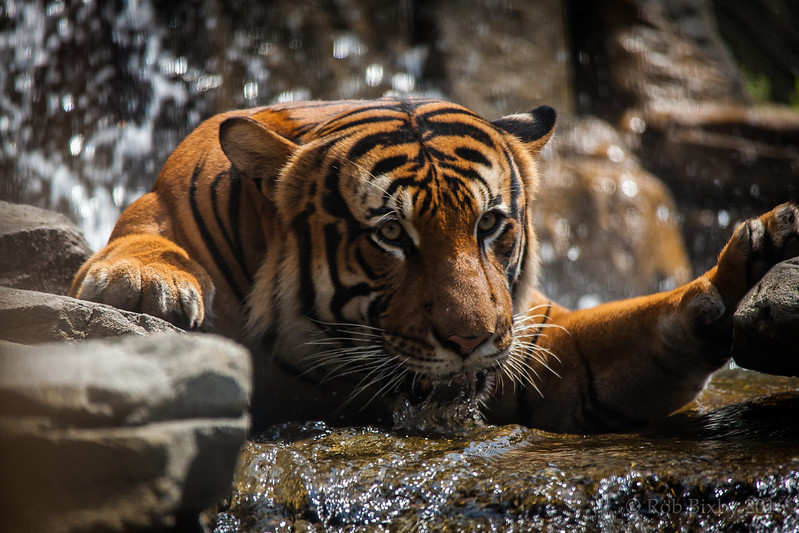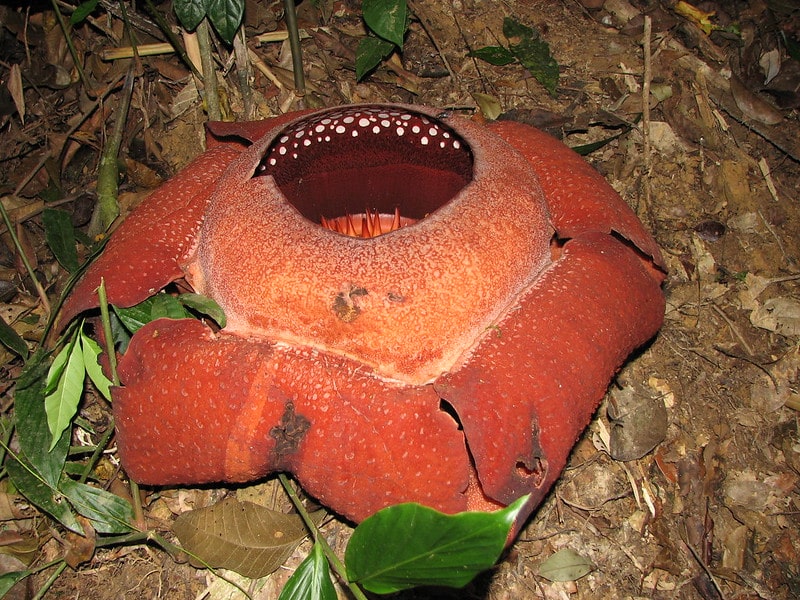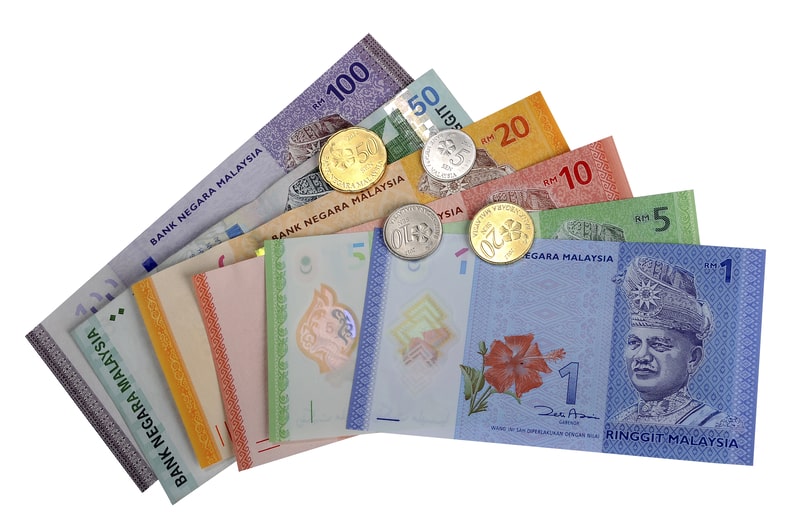Last updated on August 10th, 2022
Malaysia is a premier destination in Southeast Asia. It is famous for its beautiful landscape, natural wonders, and bustling cities, particularly its capital, Kuala Lumpur. Beautiful, stunning, mysterious, fun – Malaysia seems to have it all, from its cosmopolitan areas to its near-perfect bucolic spots. Malaysia is also one of Asia’s financial powerhouses, thanks to its strong economy that is mostly powered by their consistent transport of raw materials. Get to know this remarkable country with these 60 interesting facts about Malaysia.
History and Geography
1. Malaysia is a Southeast Asian country that has a total land area of 329,847 sq. km. It holds a unique place in the world as the only country that sits on both the Malay archipelago and mainland Asia.
2. Malaysia is a federal constitutional monarchy. The country has a reigning monarch but his authority is superseded and regulated by the constitution. Any decisions made still have to go through the Parliament. The Malaysian Parliament has three major branches – The King, who is considered the Paramount Ruler, the Senate, and the House of Representatives.
3. The name Malaysia comes from the words, “Malay” (referring to a group of people) and “ia”, a Latin-Greek suffix. The country’s name means “land of the Malays”.
4. The capital of Malaysia is Kuala Lumpur, a Malay term which means muddy estuary or confluence.

5. Kuala Lumpur’s naming has a vague history. The name may have originated from the Hakka term “Lampang”, meaning muddy uncleared forest. It may also be because the area is located at the junction where rivers Sungei Klang and Sungei Gombak meet.
6. Malaysia shares a boundary with Thailand to the north and is connected to Singapore via the Tuas Second Link Bridge and the Johor-Singapore Causeway.
7. The national anthem of Malaysia is Negaraku. It was once used as the anthem of the Perak region.
8. The first known human habitation in the country is believed to date back 40,000 years. The peninsula itself was likely first inhabited by the Negritos.
9. Malaysia has 878 islands under its control. Some islands are inhabited while others are too remote to be accessible.

10. Malaysia is home to one of the oldest tropical rainforest in the world. The Taman Negara is believed to be over 130 million years old. Interestingly, the name Taman Negara does not refer to any object, person, or event. It merely means national park in the Malay language.
11. Taman Negara is only open to visitors who have obtained a special permit from the Malaysian government. Visitors must obtain a Park Entry permit and a Photographic License, which is charged on every camera brought to the park. The permit is valid for 30 days.
12. Several rare animals live in Taman Negara. These include the crab-eating macaque, the Asian elephant, the Sumatran rhinos, and the Malayan tiger.

13. The Malayan tiger is also Malaysia’ national animal. It is so important as a symbol of the country that it even appears on the national coat of arms.
14. The largest cave chamber in the world is found in Malaysia, specifically in Sarawak’s Gunung Mulu National Park. It is estimated that the massive cave can comfortably hold as many as 50 Boeing 747s within.
15. Malaysia is the proud host to one of the world’s most diverse environments. It has over 200 mammalian species, 14,500 plant species, 140 snake species, and 600 avian species.

16. The country is famous for its many flowers but arguably its most famous bloom is the Rafflesia, the largest flower in the world. A full bloom can weigh as much as 10 kilos and can grow to more than 1 meter in diameter. It is also known as ‘corpse flower’ because its scent is reminiscent of that of rotting flesh. The smell is critical to the plant’s survival because it attracts flies and other insects that pollinate the plant. It does this because flowers are either male or female. It is Sabah’s state flower.
17. The national flower of Malaysia is the hibiscus (Hibiscus rosa-sinensis). It was officially chosen on July 28, 1960. Its beautifully vibrant colors represent the vitality and courage of the people of Malaysia.
18. Malaysia is also home to the infamous King Cobra. Although this snake is also found in other countries in Southeast Asia, Malaysia is home to the most number of this specie of venomous snakes in the world.
19. The King Cobra is already the longest venomous snake in the world. The lengthiest member known was measured at 19.2 feet (5.85 meters) long. The snake was captured in 1937 in Negeri Sembilan, Malaysia. The snake was rehomed in the London zoo. It reached its full length by 1939. Unfortunately, war had begun and the snake, along with other venomous creatures that lived in the zoo, needed to be destroyed for safety. There was a risk that if the zoo were bombed and the snakes happened to escape, they could very well endanger the lives of people in the city.
20. The country was once under British rule but declared independence in 1957. The British empire began their attempts to colonize Borneo in the late 1700s and succeeded in 1786 by their acquisition of Penang, which is currently one of the states of Malaysia. Malaysia won its independence through diplomatic negotiation.
21. Malaysia was once part of the Colony of the Straits Settlement. The settlements also included Malacca and Singapore.
22. The first peoples who inhabited the Malay Peninsula belong to different tribes. They are, however, known collectively as the Orang Asli, a term that means Original People. There are officially 18 tribes that belong to this group.
Flag of Malaysia

Climate
23. Malaysia’s climate is tropical rainforest, which means it experiences warm, humid, and sunny weathers on most days and lots of rainfall starting in October until March.
24. The nation’s capital, Kuala Lumpur, is famous for its high temperatures. Although temperatures have dropped in the last few years, KL remains hot. This is because it is considered an urban heat (UH) island – an area where there are numerous roads, buildings, and other infrastructures. These man-made structures absorb the sun’s heat and reflect it, which causes the area to experience higher temperatures compared to the surrounding areas.
Government
25. Malaysia consists of Peninsular Malaysia and Borneo. The South China Sea separates the two landmasses.
26. Malaysia has three federal territories. These are Kuala Lumpur, Putrajaya federal administrative territory, and Labuan Island.
27. The country has 13 states, consisting of 11 states of Malaya, Sarawak, and Sabah, and 3 federal territories.
28. Malaysia’s monarchy rules using a rotating system. Each of the ethnic Malay state rulers take his turn on the throne. His ruling period lasts for five years.
29. The Malaysian flag is known as Jalur Gemilang, which is Malay for the Stripes of Glory. This name was created by then-Prime Minister Tun Dr. Mahatnir bin Mohammad in 1997. It was inspired by the Federation of Malaya flag.
30. A design contest was held to create the Malaysian flag. The winning design was created by Mohammad Hamzah. The star and crescent symbols represented Islam, the religion that majority of the population practices.
31. The Malaysian flag as designed by Hamzah was later modified. The original star, which had 5 points, was changed by adding one more point. Later, the star was further modified to represent the states of Malaysia, which is why it now has 14 points.
32. The colors of the Malaysian flag represents the country’s British Commonwealth membership (blue) and the traditional colors of the Malagasy nations (red and white).
33. The Malaysian flag was first raised on September 16, 1963 – the same day that Malaysia was founded.
34. The first king of Malaysia is Tuanku Abdul Rahman who ruled from 1957 until his death in 1960. Malaysian monarchs are known as Yang di-Pertuan Agong, which means He Who is Made Lord.

35. The Malaysian currency is in ringgit. “Ringgit” is a now-obscure term in the Malay language which means jagged. The term referred to the appearance of Spanish silver dollar coins which had serrated edges that appeared jagged. Spanish coins were once used in Southeast Asia during the 16th and 17th centuries. One ringgit is equivalent to 100 sen or cents. The ringgit sits at the Top 15 most powerful currencies in Asia.
Where in the World is Malaysia? Location map of Malaysia.
Culture and Traditions
36. Malaysia is famous for its multi-culturalism. The smooth integration of different cultures dates back to the 1st century A.D., when traders from China and India arrived. Many of these traders also later became settlers. The diverse mix of cultures, traditions, and practices form what is uniquely Malaysian. Malaysians refer to their culture as “kebudayaan Malaysia”.
37. Malaysia is home to different ethnic groups: Malay, Chinese, Indian, Indonesian, Javanese, Filipino, Nepalese, and other Asian nationalities. Because of its cultural diversity, Malaysia is truly Asia.
38. The three major languages used in Malaysia include: Bahasa Malay, Mandarin, and Tamil. However, there are a total of 137 languages spoken within the country.
39. When Malaysians talk, they often start or end their sentences with “Lah” or “Meh”. These are part of the unique language quirks in the country that are intended to modify the tone and context of the spoken sentence. These expressions are meant to make the statement nicer and lighthearted. For example, “I like hot and spicy candy. Can not meh?” meaning, “I like hot and spicy candy. What’s wrong with that?” Or, “I don’t know lah!” It means one does not really know. This is a gentler way to say the sentence compared to the simple, “I don’t know!”
40. If you stay long enough in Malaysia, it is likely you will hear Bahasa rojak, a unique local language that combines two or more languages used in Malaysia. For example, Mandarin may be combined with Tamil, Hindi, or English. Bahasa rojak means mixed language in Malay. For example:
“Let’s go shopping!”
“Cannot macha. I pokai right now.”
The second statement means, “I can’t, bro. I have no money/I’m broke right now.”
41. Malaysians feel related to one another, even if they are not relatives by blood. It is not uncommon for them to call each other by terms that indicate respect. For example, young kids may call their neighbors “abah” (father), “mak” (mother), “pak cik” (uncle), “mak cik” (auntie), “atuk” (grandpa), or “nenek” (grandma). Even tourists may experience being addressed in this way if they stay long enough.
42. Malaysians typically greet each other verbally by saying, “Salaam”. However, different ethnicities may also greet each other using a handshake.
43. There are certain rules for greeting people in Malaysia. When a man and woman greet each other, the woman may choose to offer her hand first, especially if she is meeting a man. Otherwise, they simply greet each other verbally. When meeting a Malaysian woman, a man must wait if she offers her hand first. People also use formal titles when greeting someone, unless that person asks to be addressed casually. Older individuals are also greeted first, with a slight head bow.
44. When using a formal greeting, a Malaysian will grasp a person’s right hand with both hands, then bow slightly before placing their right hand over their heart.
. . . continue reading on the next page
